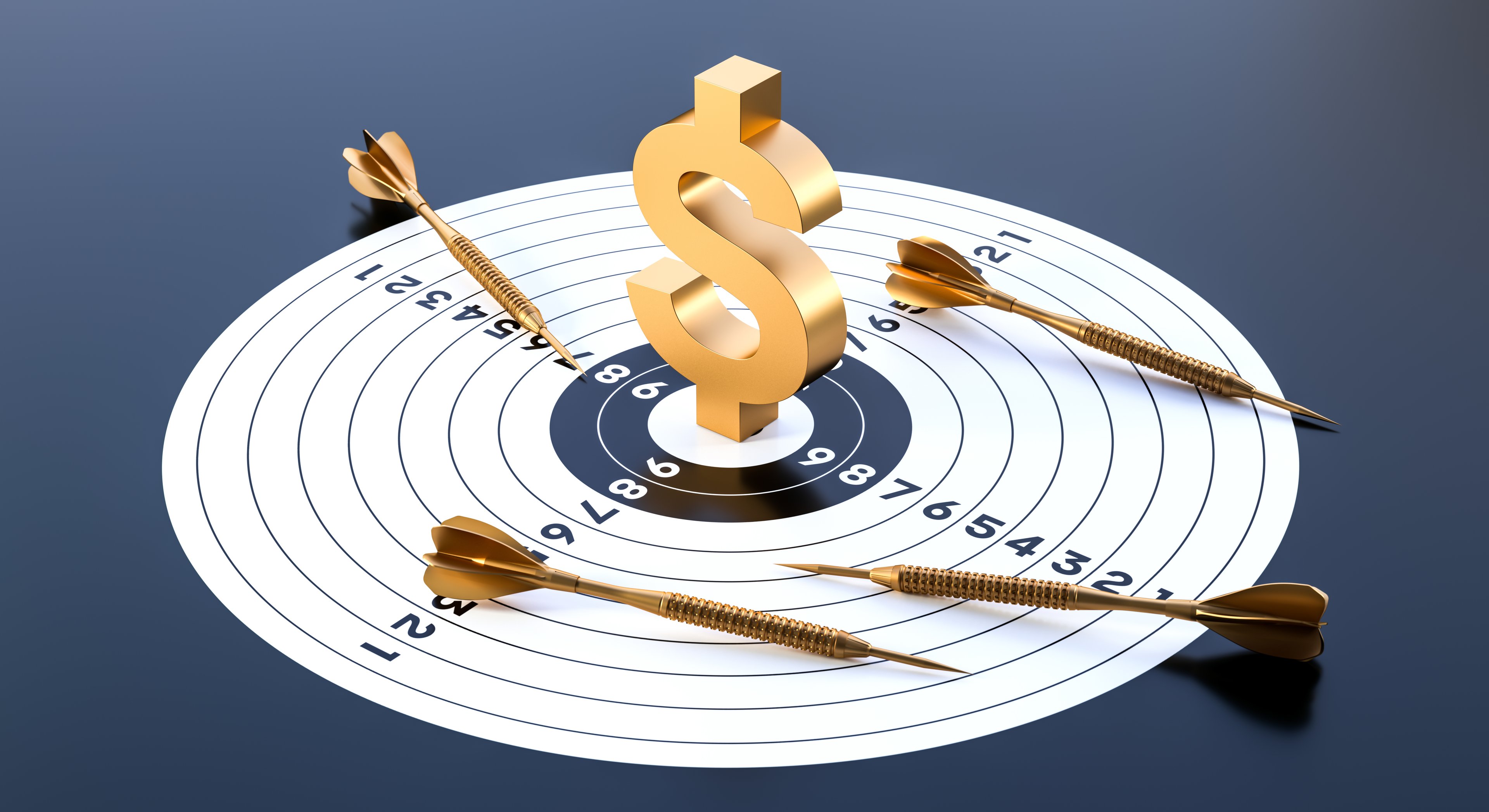The Federal Reserve has an uncanny ability to move the stock market, and the central bank demonstrated that once again after its rate decision on Wednesday.
As expected, the central bank kept the federal funds rate where it was -- at 5.25% to 5.5% -- but stocks still tumbled on the news, losing nearly 1% between 2 p.m. yesterday when the decision was announced and the close, and the broad-market index fell another 1.6% on Thursday as investors continued to react to the news.
While the Fed continued to forecast another rate hike later this year, it now sees rates falling more slowly over the next few years than it had before, indicating that rates will stay higher for longer. In its "dot plot," or the collection of economic projections of board members, which it puts out every other meeting, the median expectation is for the benchmark federal funds rate to finish 2024 at 5.1%, compared to its June forecast of 4.6%, and it expects rates to finish 2025 at 3.9%, compared to an earlier projection of 3.4%, implying it would take longer to bring inflation down to its target of 2%.
Interestingly, the Fed's forecast for inflation was nearly identical, but it now expects the economy to be more resilient to the rate hikes as it raised its forecasts for gross domestic product (GDP) and lowered it for unemployment, seeing the jobless rate peaking around 4.1%, just a fraction of a percent above where it is today.
In fact, the forecast, with a more robust expectation of economic growth and a stronger labor market as inflation continues to come down, sounded a lot like the "soft landing," meaning lowering inflation without causing a recession, that so many have been hoping for. Fed Chair Jerome Powell agreed that a soft landing was a primary objective but would not call it a baseline expectation.
Throughout the press conference, Powell reiterated the primacy of taming inflation, saying, "The worst thing we can do is to fail to restore price stability."

Image source: Getty Images.
There's good news and bad news
For investors, it's clear why stocks fell in response to the news. The federal funds rate is already as high as it's been in over 15 years, and investors are fearful that higher rates, or sustained elevated rates, could further squeeze the economy.
However, there's also an inverse relationship between interest rates and stock prices. As interest rates rise, stock prices tend to come down because higher interest rates make bonds more attractive. Growth stocks are especially vulnerable to higher rates because higher interest rates cause higher discount rates in cash-flow models, making earnings in the distant future worth less. Showing the Fed news also moved the bond market, treasury yields reached multiyear highs on Thursday, which will make them even more attractive to investors.
For prospective homebuyers, the Fed's update is also a negative as it makes it more likely that mortgage rates will remain higher for longer, causing the tightness in the housing market to linger.
However, there's also a silver lining here. The updated forecast means that a recession, generally defined as two straight quarters of negative GDP, looks highly unlikely as the central bank expects real GDP to increase 2.1% this year, 1.5% next year, and 1.8% in 2025.
The revised unemployment forecast is also good news for the economy and for job-seekers. The unemployment rate in August rose to 3.8%, and the Fed's forecast seems to imply that the rate will tick up to 4.1% next year. Yet while that might seem like bad news, the Fed sees stronger GDP growth than before, and so it's likely that rising unemployment rates will come from more idle workers starting to look for jobs again after a long break from the labor force.
Finally, while the Federal Reserve doesn't directly impact corporate earnings, its economic forecast is favorable for underlying earnings, especially for companies that depend on consumer spending and are sensitive to the economic cycle.
Overall, there's no reason to change your approach if you're a stock market investor after the Fed's update, but investors should be more prepared for a slower recovery in the stock market as rates will take time to come back down, at least according to the Fed's current view.





